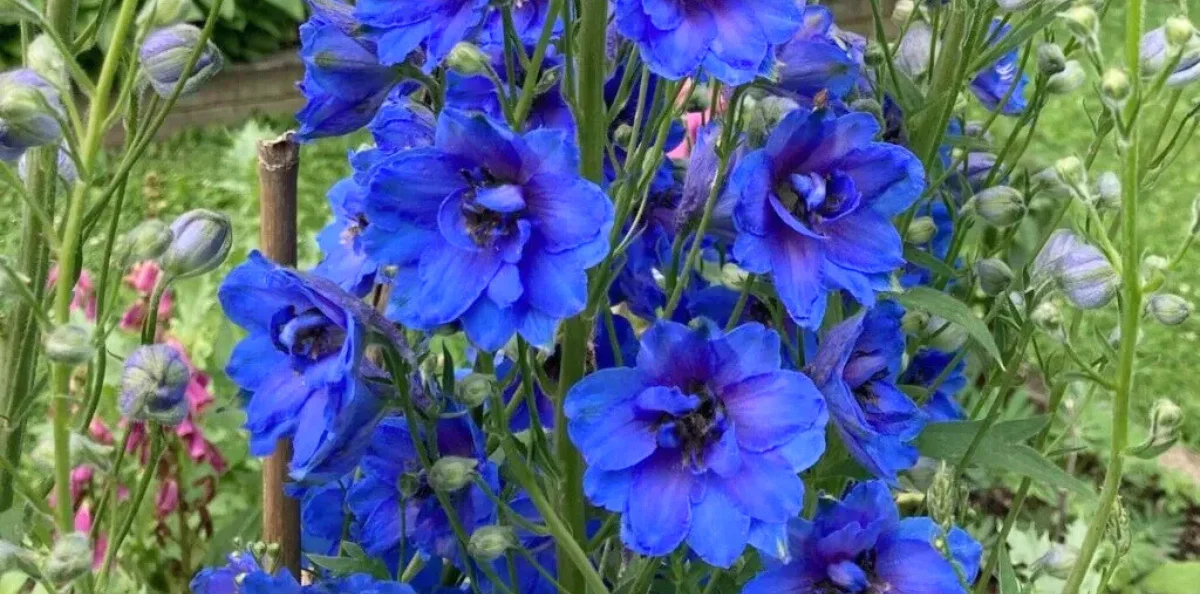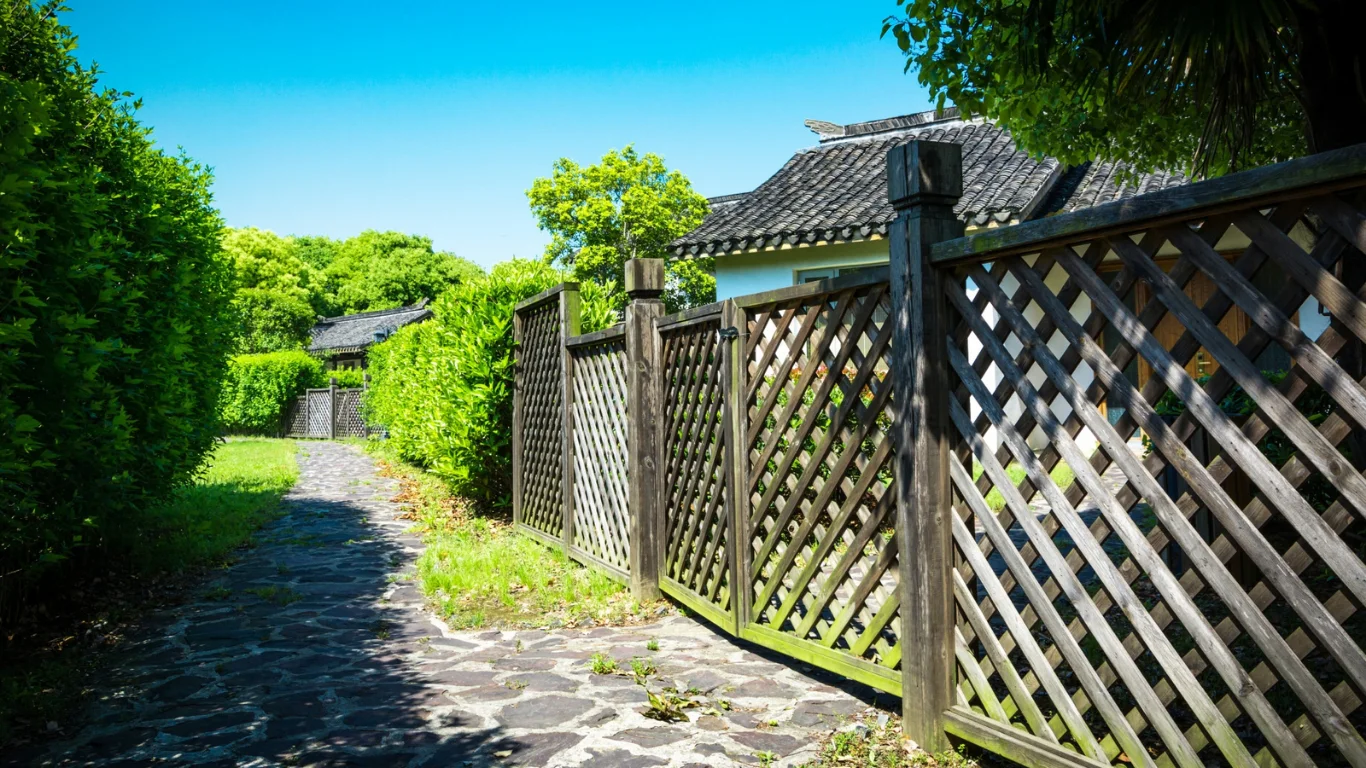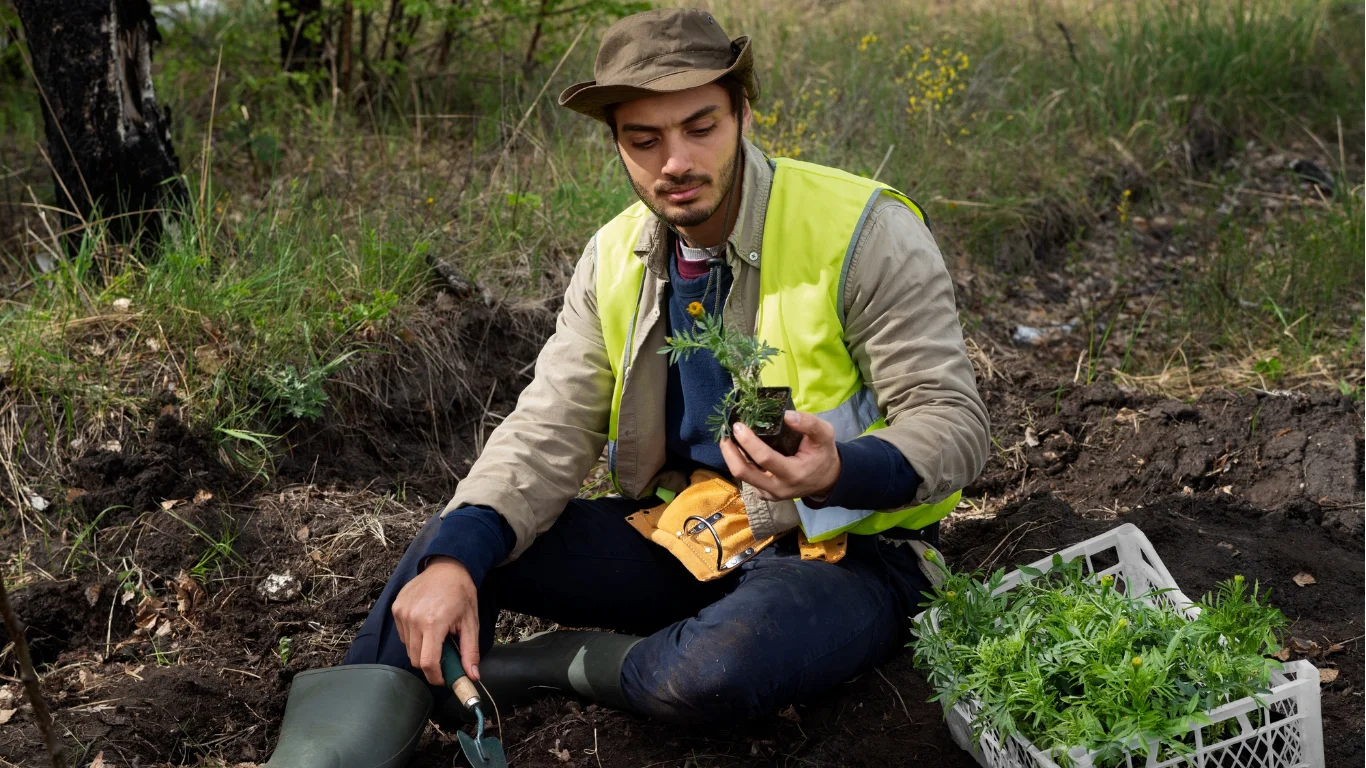Also commonly called Larkspur, it describes the activity of a group of Delphinium plants that produce bold summer flowers in your garden. Which include more than 300 species and types. Delphinium is the most easily recognized form of this species, which towers up to 2 feet wide and usually 5 to 6 feet tall. Their flowers are usually blue in color but can be found in pink, purple and usually white. These produce double blooms or semi-doubles in some because these varieties include opposite eyes.
It is always or often said that it is usually used for garden borders. These delphiniums are also typically short-lived perennials, usually lasting only three to five years, growing best in cool, spring and long-season climates. After sowing, they begin to grow at their best in 7 to 21 days and their flowering time is from spring to summer and can continue to bloom in all seasons.
Delphiniums Overview
| Common Names: | Delphinium, Larkspur |
| Botanical Name: | Delphinium |
| Spread: | 6 in. to 7 ft. fall |
| Sun Exposure: | Full Sun To Part. Shade (Dry Heat) |
| Family: | Ranunculaceae |
| Plant Type: | Perennial Herbaceous |
| Soil Required: | Well-drained, Moist & Loamy |
| Hardiness Zones: | USDA 3 To 9 |
| Soil pH: | 6.5 to 7.0 |
| Bloom Time: | Early Spring through Summer |
| Flower Color: | Blue, Pastel, White, Pink and Purple |
| Toxicity: | Highly Toxic to Pets, Humans & Horses |
| Native Area: | Non Specific |
How to Care
Plant delphiniums properly underground and in your garden. Here’s how to best apply them:
Where to plant?
A delphinium plant is planted in a location that gets a lot of morning sunlight and a warm area with good drainage and loamy soil, then you can successfully grow it to full bloom.
Once spring temperatures stabilize, they don’t drop below 50 degrees Fahrenheit, so you can safely and carefully move your delphiniums into the garden. Make sure to plant the plant deep and the hole should be twice the size of the root ball. Water it regularly until it germinates and the soil should be moist and loamy.
A group of delphinium plants continue to add a lot of versatility to the home garden. The best and safest way to care for them is as follows:
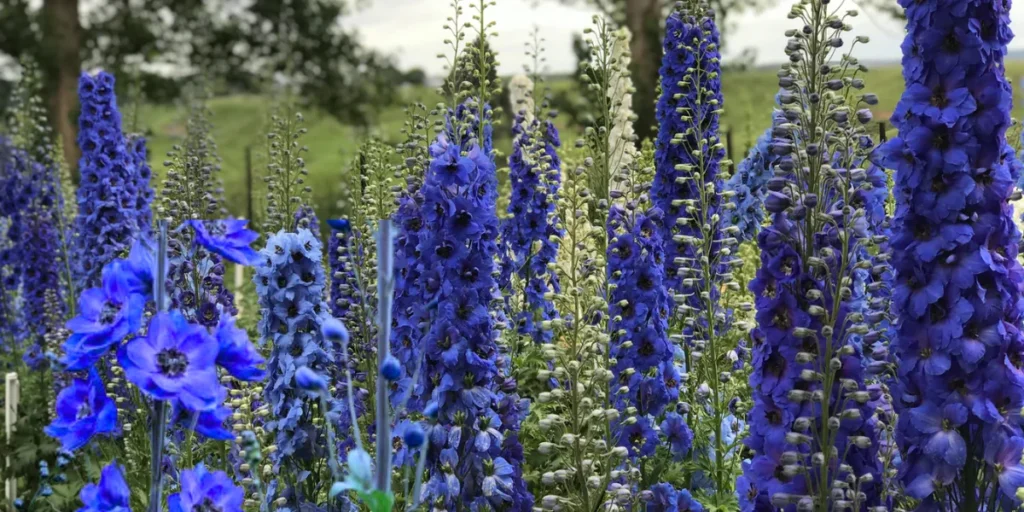
- The delphinium needs a lot of sun and partial shade in the afternoon depending on its location.
- It should also choose a site with good drainage, moist soil and loamy soil.
- Keeping the soil moist is very important but remember that the soil should not be completely wet as this can be dangerous.
- It should also be ensured that afternoon sun along with partial shade is mandatory as it never works well in dry heat.
- Tall plant stocks that are very susceptible to wind damage should be planted in a wind-protected area.
Light:
Delphiniums need 6 to 8 hours of sunlight per day to perform best. But it’s not a plant that does well in dry heat, so it thrives in morning sun and light afternoon shade, and these allow its flowers to grow optimally.
Soil:
Best results with a slightly acidic soil pH of 6.5 to 7.0 and well-drained and loamy soil. Incorporating manure at planting time improves the growth and performance of these heavy feeders.
Water:
Delphiniums need more water especially in summer. It is very important to keep the soil moist, but not so full of water that the soil becomes wet, because if the soil becomes too wet, it will cause the plants to rot and often cause a marked reduction in growth. But the soil should not be completely dry. Water at ground level and never wet the leaves. Two to three inches of mulch, i.e. soil, should be drilled in the subsoil, which preserves the moisture in the soil.
Temperature and Humidity:
Long, cool springs and cool summers with average temperatures of 70 to 80 degrees Fahrenheit generally contribute to providing ideal conditions. Their plants are highly averse to high humidity and high heat, and humidity can be the best and most beneficial stimulus for powdery mildew growth. Most perennial varieties are completely cold hardy down to 30 degrees Fahrenheit.
Fertilizer:
Delphiniums need a lot of nutrients because it makes their flowers showy. They require regular fertilization at the time of planting. When the leaves turn yellow, you should understand that the plant is lacking nutrients and the plant needs nutrients.
Also visit to care for Spider Plant
Popular Types
Many of the most popular and widely available are the Delphinium or Grandiflora varieties that were identified as D. X belladonna. Some plants also have series that share similar characteristics but bloom in different colors or combinations.
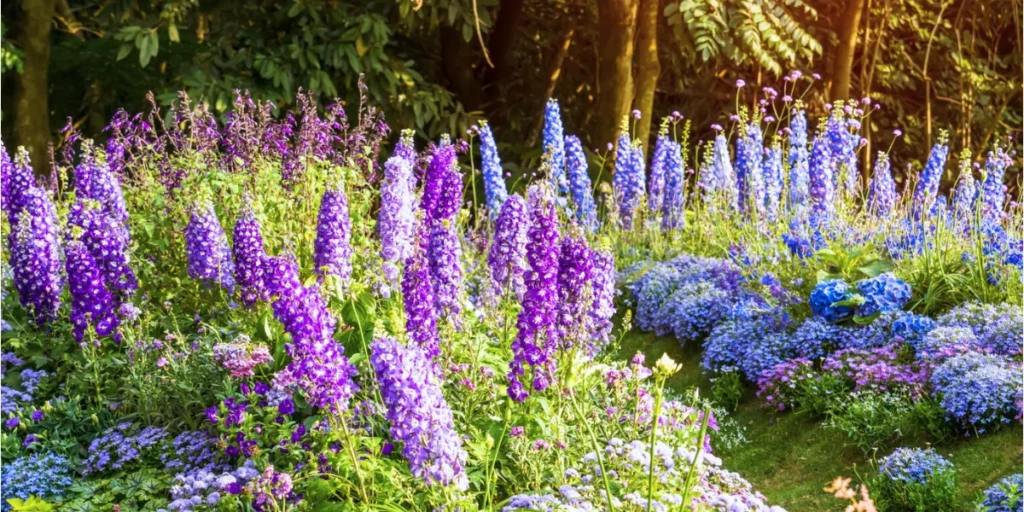
- D. elatum ‘Magic Fountain’: It grows to about two and a half to three feet tall and has flowers that range from white, dark seeded white, to deep blue and various pinks.
- D. elatum ‘Centurion’: This variety has three-foot-tall, upright stems with semi-double flowers that are white and shades of blue with white eyes.
- D. elatum ‘Pacific Giant’: This is usually grown from seed and has a variety of bloom colors. It ranges from three to six feet in height
- D. grandiflorum ‘Summer Nights’: Grows ten to twelve inches tall and is distinguished by its deep midnight blue flowers.
Pruning
If we remove mature flower spikes, flowers on side shoots are more encouraged and develop better. Find the center where the branches form from the main stem and use sterile hands to remove the central flower spike. Once they bloom and the initial period is over, you can cut the delphinium back two inches above the soil surface to encourage late winter or fall blooms that will be effective. Pruning is often done in early fall or spring to encourage seasonal growth.
During the blooming season, be sure to deadhead delphiniums regularly to promote healthy growth and best performance. Remove each flower as it wilts, cutting it to the nearest set of leaves or stem junction.
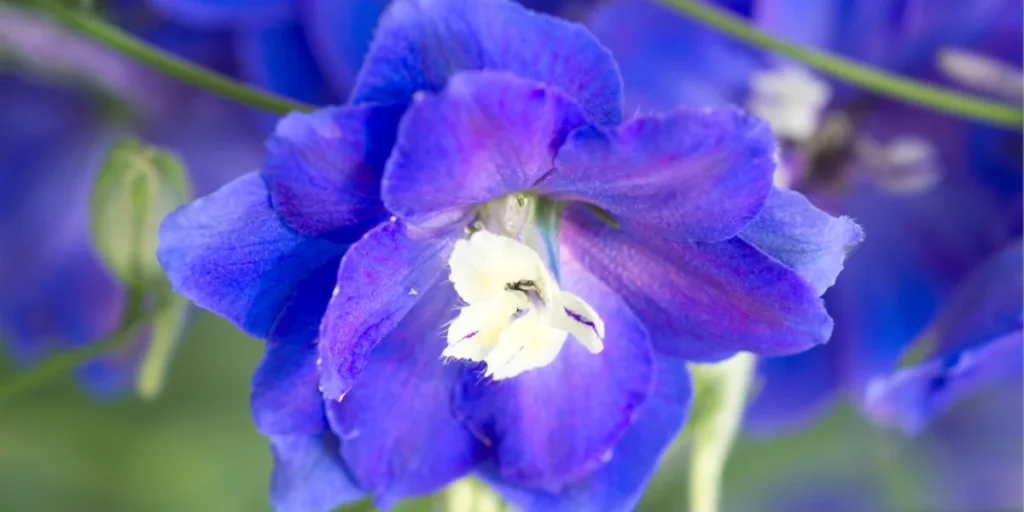
Propagation
Delphiniums are fast growing and can be propagated by division and basal cutting. This procedure usually works best in the spring when new growth first appears. These plants continue to self-seed for a year in the garden. If plants are produced from these seeds, they are usually not accurate and true to type, as many and most popular delphinium hybrids are crosses, so the color and variety of the plant from which it came may likely differ. They will be different.
Preaching by Division:
In terms of division, for propagation, you absolutely need a hand spade, watering can and gloves.
The complete and best method is:
- Water well about 24 hours beforehand, taking care to avoid transplant shock.
- To remove excess vegetation, select a long stem of your choice and a section from the outside of the clump.
- Starting five or six inches out from the center, use the palm of your hand to dig around the section.
- Remove it and gently shake the clean soil around.
- Choose a well-drained, well-drained site with plenty of direct sunlight and work in with a compost or balanced fertilizer.
- Place each partition in a separate hole and place it in the same place where the original place was.
- Fill the tray with the best garden soil and gently and carefully water the base of the new plant.
Propagation by Cuttings:
You should make basal cuttings with a sterilized knife, a small hand spade, a three- to four-inch drainage pot with holes in it, a well-draining pot, and compost. There will also be a dire need.
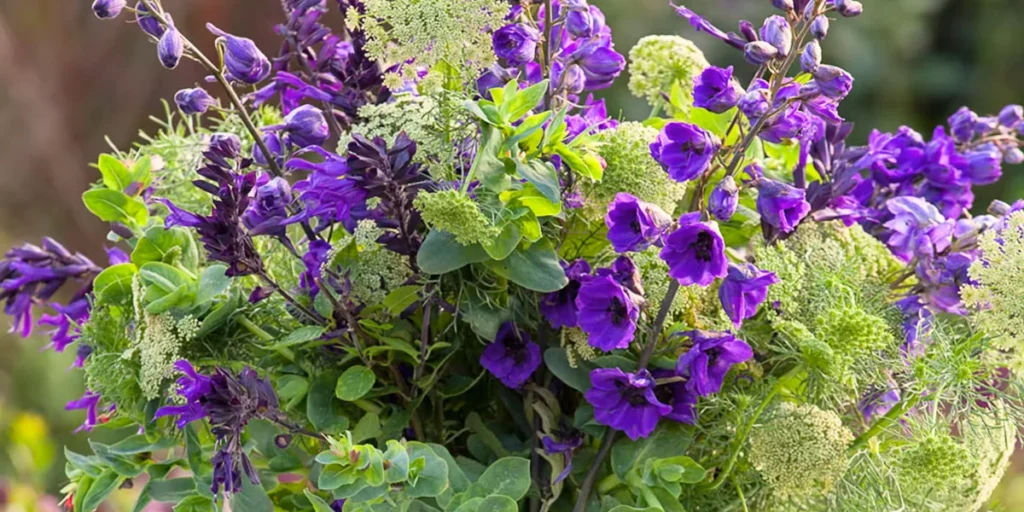
Here the procedure is described as follows:
- Choose a two to three inch long pellet and use the spade to dig around the pellet or usually with your gloved hand.
- Use a sharp knife to cut the pellet below the soil surface, making sure the cut is solid and there is no hollow underneath.
- Cut off the extra leaves, leaving one or two leaves and gently and carefully sweep to remove the soil.
- Plant it in a 3-4 inch pot with compost and light, loose or moist potting soil. Carefully bury the part of the cutting that grows below the soil level in the pot at the same level as it was in the ground. Alternately or generally keeping cuttings in 1-2 inches of water until roots form or roots appear is helpful.
- Place the cuttings in a cool, dry place, about 50 to 55 degrees Fahrenheit, away from the heat below. New growth clears up within three to weeks, indicating that the poison has taken root.
- Start planting new plants in the garden when all danger of frost has passed.
People also visit to care for Prayer Plants
How to Grow Delphiniums from Seed
Delphiniums are always easily grown from seed, but some varieties do not have seeds. Keep the seeds in the refrigerator for several weeks and provide a cool rating, then plant them in early spring or ten weeks before winter. Small seed pots should have a loose potting medium and include a plastic cover to hold the spray bottle as needed. By following these steps you can easily understand:
- Fill a small tray or small clean 3- to 4-inch pots with a mix of moist, loose soil and spread the seeds over them at intervals and cover them with 1/8 inch of compost.
- At this time, water should be carefully sprinkled on them and then immediately after igniting the water, they should be covered with a plastic bag or bag.
- The temperature around the seed should be 70 to 75 degrees Fahrenheit because it is very important for seed germination. Because it grows strongly with strong morning sun, light afternoon shade and moist soil. It starts showing in 3 to 4 weeks.
- When you see the seeds fully sprouting, you should immediately remove the plastic bag or cover and place them on a sunny windowsill or in a place where there is light in the morning and light during the day. Shade available.
Rewarding Tip:
Of course, when transplanting plants or cuttings, it is very important to completely and carefully protect the fine hair-like roots of delphinium from drying out, and transplant as soon as possible and place them in a shady place. It is useful and helpful for their growth and health.
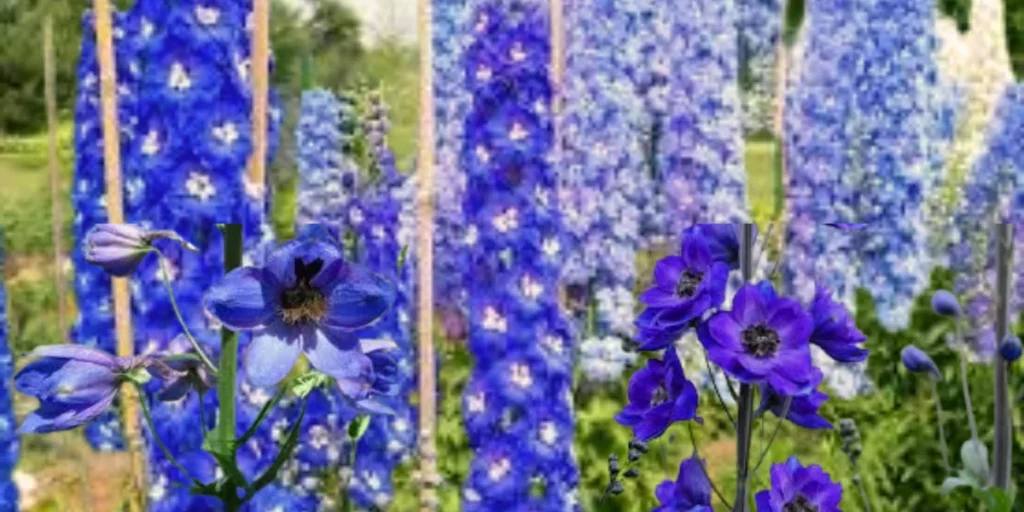
Potting and Repotting
Delphiniums always spread very quickly and never like to be crowded, so you should choose a container that will hold the plant at least about twice its size, with more room for better drainage. There are holes. Materials that dry out quickly, such as terra cotta or clay, should be avoided.
Dwarf varieties usually do particularly well and best, and tall varieties can be best grown and grown in pots if protected from wind. It is also very important to give them regular balanced water and fertilizer every two to three weeks, including the pots in which they are kept.
For optimal potting, fill the pot completely with a mix of compost and loose soil or compost. Inside the pot, make a hole wide enough to accommodate the plant. Place the plant on the same level of soil as it was in the original pot. Then fill them with potting soil or compost and water well over the soil surface, but remember not to let the plants get wet.The pot should be placed in a location that receives bright morning light and sun and provides light afternoon shade.
Overwintering
Perennial delphiniums are frost-resistant, but remember that they can also be damaged by cold, wet soil, so winter mulching will protect against significant frost damage and discourage damage. However, it is not necessary to move potted plants indoors, but they should always be protected from excessive moisture and strong winds or winds.
Pests and Diseases
Delphinium slugs, aphids, mites, cutworms, stalk borers, are all very sensitive and dangerous to leaf miners. Their obvious symptoms are failure to bloom, disfigured flowers, wilting of flowers and black leaf inclusions.
Delphiniums are very susceptible and vulnerable to leaf spots, stunting, root knot nematodes and viruses. Powdery mildew is caused by high humidity and soil-borne fungi. Hardworking plants always defend themselves against these things. In particular, remove crown rot of plants immediately or even if they become diseased. Absolutely avoid wet soil and overhead watering. Disease resistant varieties should always be planted and the planting bed should always be weed free as some poisonous weeds will destroy them completely.
People also visit Calathea White Fusion Care.
How to get Bloom
Failure to bloom may occur and this failure occurs due to inadequate growing conditions. Consider and understand here:
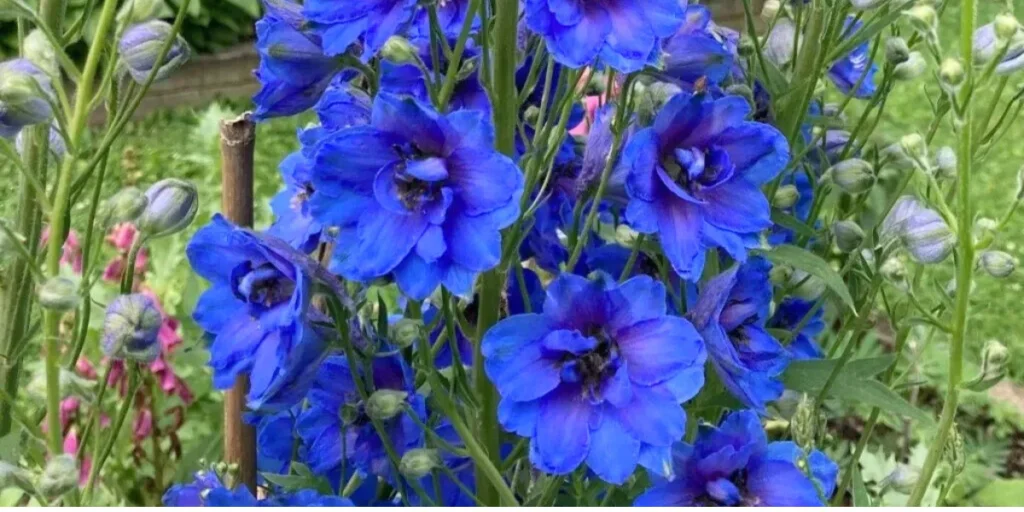
Bloom Months:
The delphinium usually blooms in the spring and summer months and it is common to bloom in the months of June and September. If you plant them in the best six hours of sunlight and have moist soil with excellent drainage, you can keep their flowers looking healthy and happy for a long time. They need a lot of nutrients, so provide them with the best and plenty of nutrients, but also remember that excessive nitrogen can lead to stunted growth of flowers and green plants.
What do Delphinium Flowers Look Like and Smell Like?
Delphinium flowers are small, profuse star-like blooms that usually occur in clusters at the top of the plant’s stem. They are usually found in white, sky blue and pink and then purple colors. Their fragrance is very sweet and like other flowers it is quite subtle and classy.
How to Encourage More Flowers?
When the flowers begin to fall, you should first remove the center blown spike and increase the bloom period. When the initial bloom period is over, you should carefully cut the plant back to two inches to encourage a second bloom period and establish the environment.
Common Problems
Crowd Effect:
They do not like to compete for space and are very fast spreading plants. Overcrowding can completely block air, which usually causes fungal and bacterial problems. To avoid this problem, we advise you to start dividing or thinning the new growth early in the spring so as not to cause any hazards.
Yellow leaves:
Delphinium plants should be generally and uniformly blue in color. If they start to turn yellow, this is a sign that they are being under-watered and may also be a sign of a nutrient deficiency. is Always plant delphiniums in a location with excellent drainage, potholes and moist soil, and they should be fertilized regularly.
Deciduous Plants:
This is especially a problem with tall varieties of plants. Hollow stems with heavy flowers always need something to support them. Plant delphiniums against a fence or plant stakes to avoid clutter. Plants may also be weak due to lack of access to sunlight.
People also visit for Philodendron Florida Ghost
FAQs
Yes, it returns up to five years if the delphinium is for home gardens and the cultivars are short-lived perennials. Annual species include native larkspurs, which are often small with small flowers and fern-like flowering plants.
You should plant delphiniums in a location that receives 6 to 8 hours of sunlight each day, with strong morning light and light afternoon shade, with excellent drainage and moist soil. Which should be slightly acidic. They should be spaced apart so that they are not too close together to provide optimum circulation.
What is often applied to delphinium is larkspur, which is a common name, but larkspur can also provide an account of a different and heterogeneous genus of plants. Most delphiniums are perennials while most larkspurs are annuals. To distinguish these two plants, their flowers, which are always larger than the delphinium, are clearly distinguished.
The greatest danger to a delphinium plant or seed during germination is from not meeting its current needs. Eyes are at risk if the soil is not moist, if there is not good drainage, if there is no fertilizer, and if it is not provided with the strongest morning sun and light shade in the afternoon. They are also at risk if you plant them in windy areas or keep their plants constantly watered.
